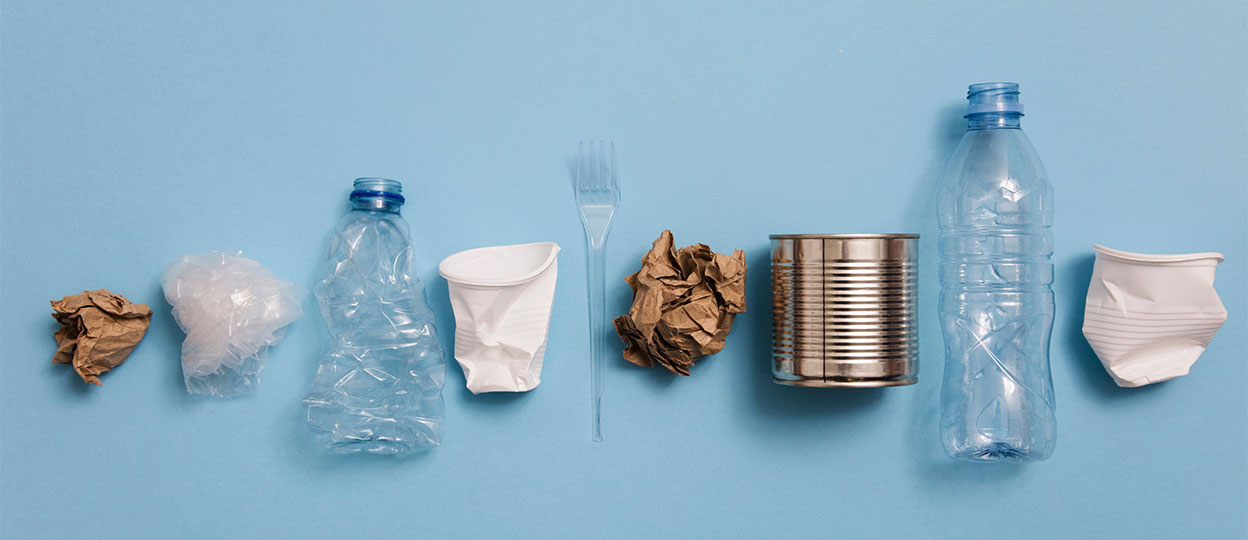Every year the four devolved nations set packaging waste recycling targets that inform the amount of recycling evidence – or PRN/PeRNs – producers buy to fulfil their obligations.
It is more than likely that the packaging waste recycling targets will remain largely unchanged in 2024, with the only increase from this year’s being a 7% increase in wood.
Northern Ireland and Scotland have confirmed the same 2024 targets by laying statutory instruments, with only wood increasing by 7%. England and Wales are expected to follow soon with Defra confirming to the sector that the same targets will apply UK-wide.
Material recycling targets of reported placed on market figures
Material | UK 2023 | UK 2024 (Expected) |
|---|---|---|
Glass | 82% | 82% |
Plastic | 61% | 61% |
Aluminium | 69% | 69% |
Steel | 87% | 87% |
Paper/board | 83% | 83% |
Wood | 35% | 42% |
Overall | 77% | 80% |
What does this mean for producers?
The lack of increase to recycling rates may soften PRN/PeRN prices in the short-term. However, the supply and demand nature of the market means a continued reduction in the price of evidence – and therefore less direct funding for recycling of materials – means reprocessing by operators becomes uneconomic. Essentially, high costs of recycling evidence tends to mean high recycling performance.
If prices remain low, then this risks operators being unable to sustain production, in turn reducing the supply of available evidence or PRN/PeRNs and therefore elevating the price and causing the fluctuations seen every compliance year.
Given the implementation of waste management fees under EPR in 2025, and the transition to the new system that has started this year, this lack of increase in material recycling rates will likely go some way to reducing any further instability as the market prepares. However, it could also risk a decrease of investment and therefore capacity in the UK’s recycling market too.
If you have any questions about these targets, please get in touch.






